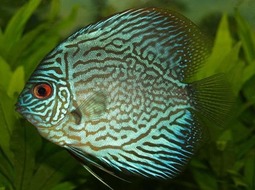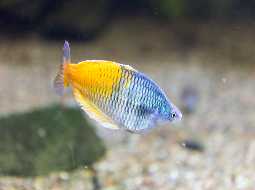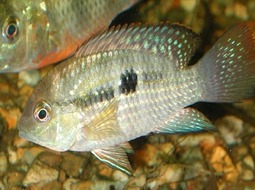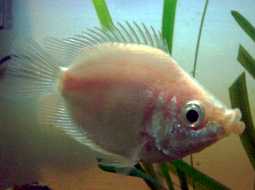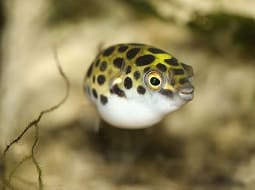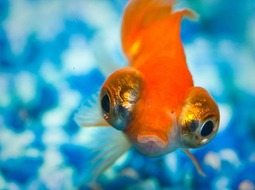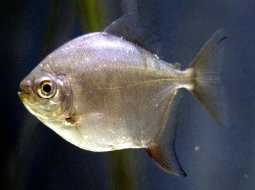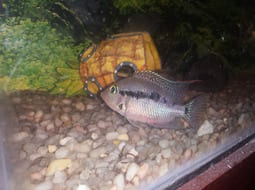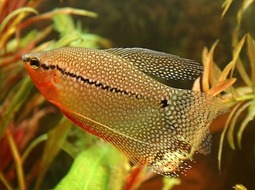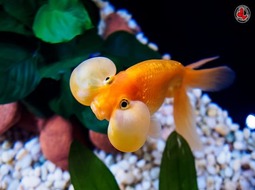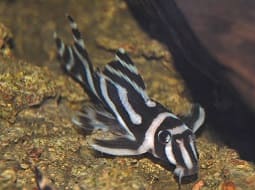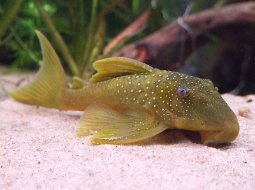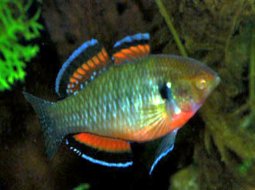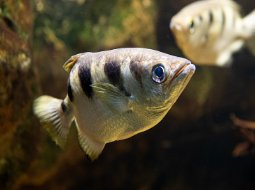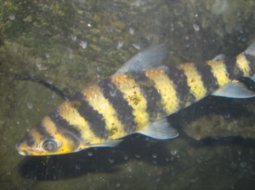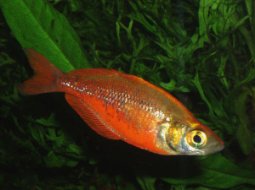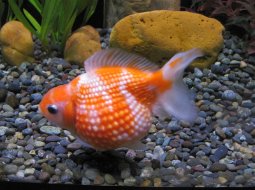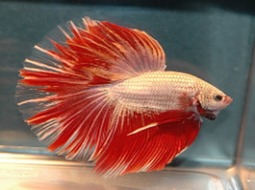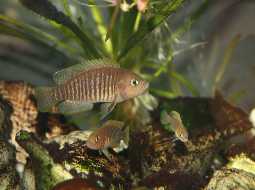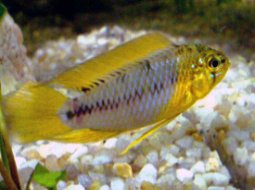
Loading Aqualapp ...
Care and Compatibility of Cherry Barb - Barbus titteya
Introduction
The Cherry Barb has a slender and elongated body with vibrant red coloration throughout its body. In addition to the red color, they also have a horizontal black stripe along their flanks. They are an excellent choice for community aquariums and can be kept in groups of at least 6 individuals.
Behavior
The Cherry Barb (Barbus titteya) is a popular fish species in aquariums due to its beautiful intense red color and active behavior. They are peaceful and sociable fish that get along well with other species of similar size.
Sexual Dimorphism
Sexual dimorphism in Barbus titteya is minimal and difficult to distinguish. Both males and females have a similar appearance, though males may display slightly more intense colors during breeding season.
Reproduction
Cherry Barbs can breed in the aquarium under the right conditions. They are egg-laying fish, and the female deposits the eggs on plants or substrate. The parents do not care for the fry, so it is recommended to remove them after spawning to prevent them from being eaten.
Aquarium Conditions
Barbus titteya, commonly known as the cherry barb, requires a well-planted aquarium with open swimming areas. It prefers soft to moderately hard water and a warm temperature. Aquarium décor should include hardy plants and hiding spots. Maintaining water quality is crucial and providing a balanced diet.
Feeding
They are omnivorous and accept a variety of foods, including dry foods like flakes and pellets, as well as live and frozen foods. They also enjoy vegetable matter such as algae. It is recommended to feed them multiple times a day in small portions.
Complexity
Caring for Barbus titteya can be moderately challenging. They are peaceful and active fish that should be kept in groups of at least six individuals to feel secure. They adapt well to a wide range of water conditions and can coexist with other peaceful community fish. They are omnivores and accept a variety of foods.
In case you need more help, or if you want to know into any topic related to the Barbus titteya (Cherry Barb) and even any other species you can use the forums to ask what you need.
To do an analysis more detailed about coexistence and behavior of Barbus titteya (Cherry Barb) use the Aquarium simulation tool, if you do this you can test different ways to combine the Cherry Barb with other fishes giving the dimensions and space on you aquarium, on this way you can known the optimal configuration for keep the fishes that you want.
You can also find out the 125 species compatible with the Barbus titteya (Cherry Barb) can live together.
Note: The parameters of the water such as PH and temperature are also used to calculate the compatibility of the species.
Compatible species (125)
Compatible (75 Species)
Compatible without any restriction
Although the Siamese Algae Eater can grow very large, the anatomy of its mouth and the preference for eating algae make it impossible to eat fish.
With Reservation (1 Species)
Compatible in some cases, it depends on the nature and personality of the fish.
Considerable size difference (43 Species)
They can coexist while they are similar in size or the size difference is not very abysmal, since as the fish grows it increases the chances of eating its partner that did not grow much.
Compatible if space is enough (6 Species)
They can coexist together if the aquarium they share is large and spacious enough for both species to feel good, as some fish may attack others to feel that they have little space and try to eliminate the competition.
Cherry Barb
Barbus titteya

- Ph: 6.5 - 7.5
- Temperature (c°): 20 - 28
- Measures: 3 cm - 5cm
- Aquarium Capacity:
8 Liters - 2 Gallons - Alimentación: Omnivores
- Colores: Black, Red
- Comportamiento: Eat fins, Peaceful, Shoal, Territorial with its species
- Habitad: Asian
- Morfología: Bright colors
- Preferencias del Acuario: Natural plants, Sand
- Tamaño: Very small
- Tipo de Agua: Sweet water, Tropical waters
- Velocidad de nado o movimiento: Normal
- Zona de Nado: Swim in the middle of the aquarium


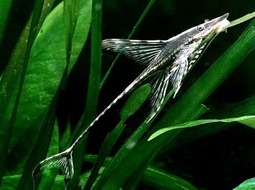
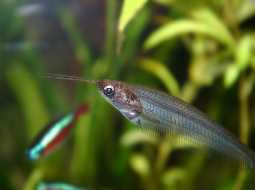

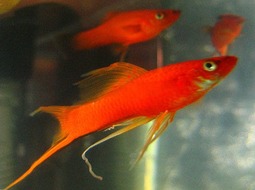


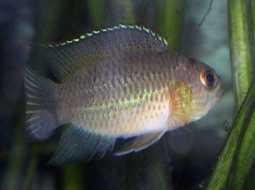


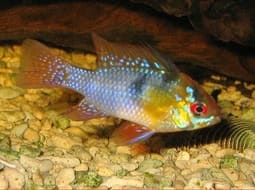
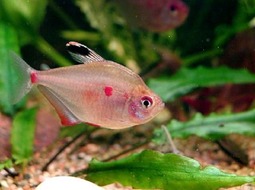
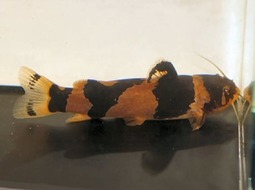


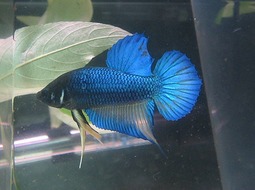


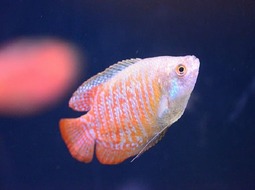

.jpg)
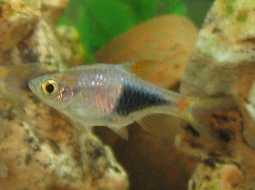
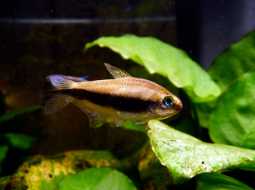
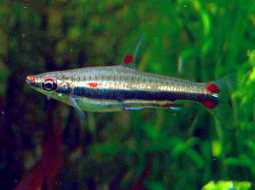

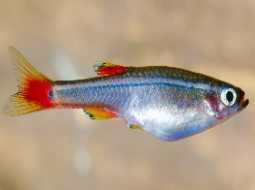
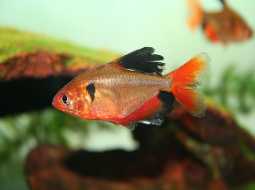


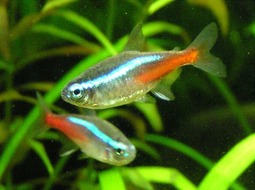
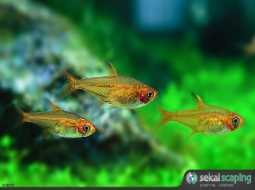
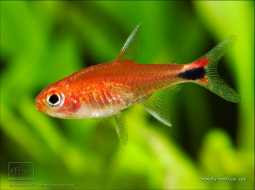

.jpg)
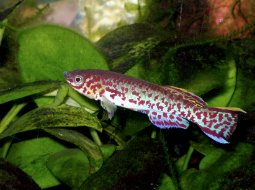
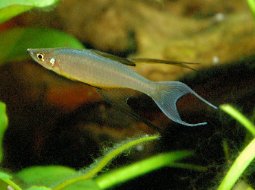
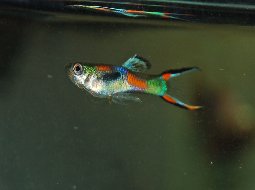
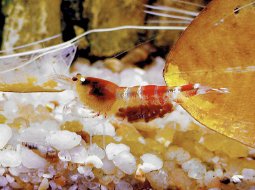
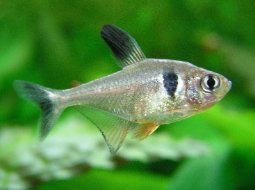

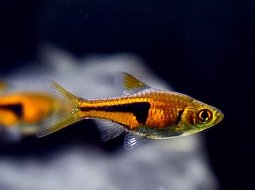






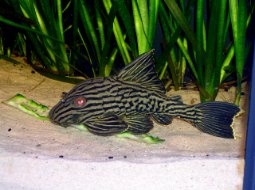

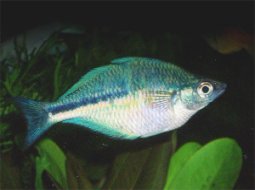





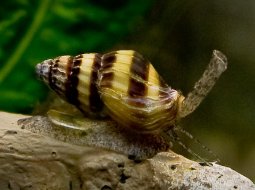



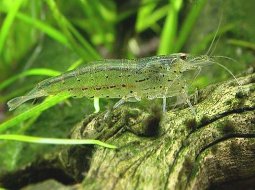
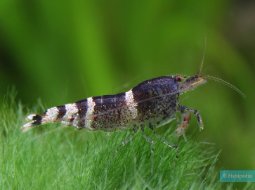
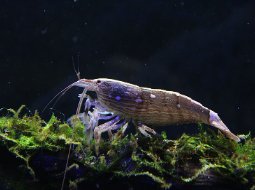




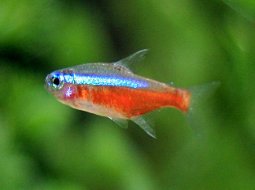
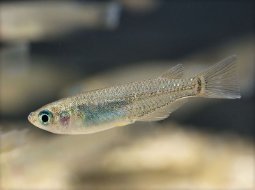

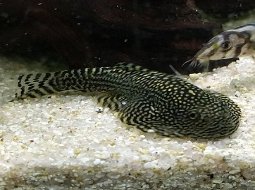










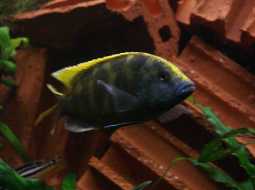
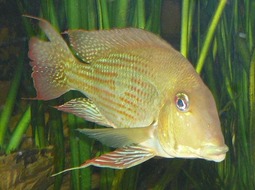
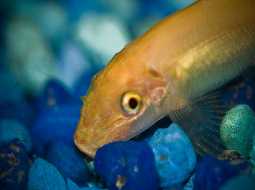
.jpg)
